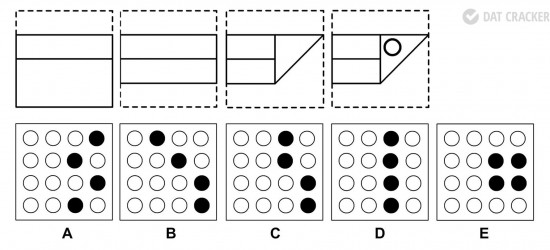0 of 15 questions completed
Questions:
PART 4 (For questions 1 through 15)A flat square of paper is folded one or more times. The broken lines indicate the original position of the paper. The solid lines indicate the position of the folded paper. The paper is never turned or twisted. The folded paper always remains within the edges of the original square. There may be from one to three folds in each item. After the fold a hole is punched in the paper. Your task is to mentally unfold the paper and determine the position of the holes on the original square. Choose the pattern of black circles that indicates the position of the holes of the original square. there is only one correct pattern for each item.Here are the rules:
Try the following example:
Click Begin Exam to get started. |
You have already completed the quiz before. Hence you can not start it again.
Exam is loading ...
You must sign in or sign up to start the exam.
You have to finish following exam, to start this exam:
0 of 15 questions answered correctly
Your time:
Time has elapsed
You have reached 0 of 0 points, (0)
| Average score |
|
| Your score |
|
Estimated DAT PAT Score: Less than 15
Just know, when you truly want success, you’ll never give up on it. No matter how bad the situation may get. Keep your head up and keep on fighting!
Estimated DAT PAT Score: 16
You’re on the right track. Take your time to reflect on your performance and how you can improve your scores the next time around. Carefully review these solutions, learn from your mistakes and understand the intricacies of each question. Try to visualize the question and solution in your mind. You’re going in the correct direction and you’ll only go up from here!
Estimated DAT PAT Score: 17
You’re doing a good job! Keep working on it and you’ll soon see your score in the 20’s. Take your time in understanding your mistakes and in carefully reviewing these solutions and learning from he intricacies of each question.
Estimated DAT PAT Score: 18
Good going! You are really getting to where you need to be. Keep it going! Keep on working on it and you’ll soon see your score in the 20’s. Take your time in understanding your mistakes and in carefully reviewing these solutions and understanding the intricacies of each question. Your goal should be to beat your 18 on the next test!
Estimated DAT PAT Score: 19
Awesome job! Keep it up and you’ll soon be in the 20’s. Learn from your mistakes and strategize on how you’ll beat your 19!
Estimated DAT PAT Score: 20
Awesome job! You did it! You hit the 20 mark. You really outdid yourself today.
Estimated DAT PAT Score: 21
Impressive! You’re coming along very nicely!
Estimated DAT PAT Score: 22
You rocked it! That was quite an accomplishment!
Estimated DAT PAT Score: 23
You are a rockstar! We tip our hats to you!
Estimated DAT PAT Score: 24 or higher
You’re golden!
| Pos. | Name | Entered on | Points | Result |
|---|---|---|---|---|
| Table is loading | ||||
| No data available | ||||
46.
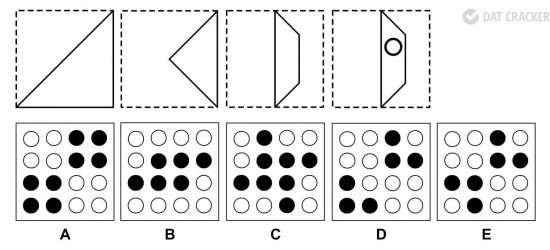
47.
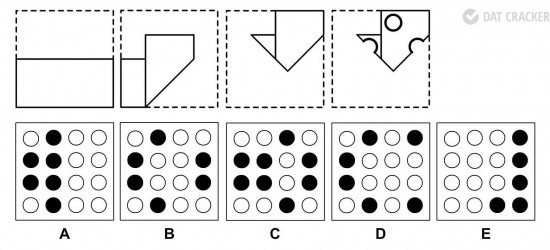
48.
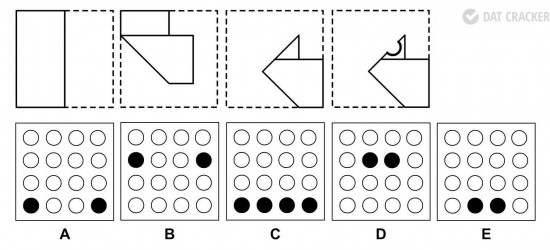
49.
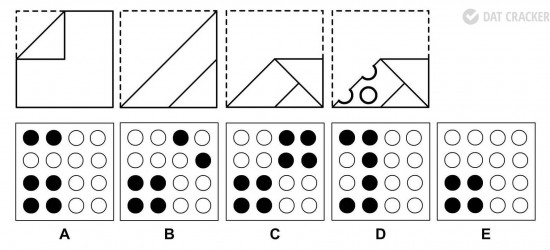
50.
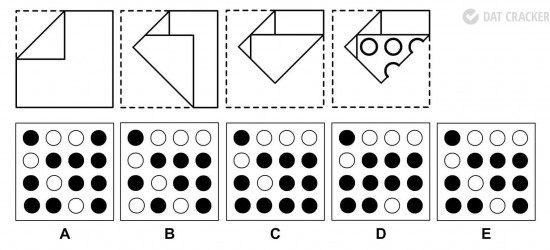
51.
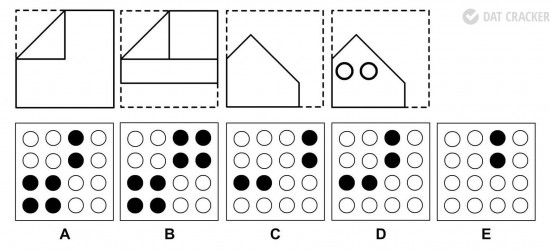
52.
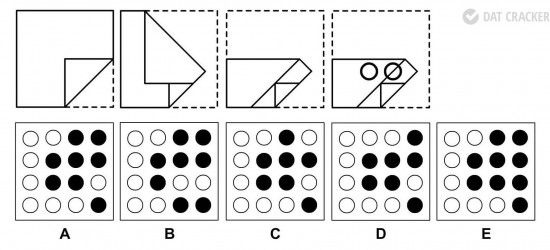
53.
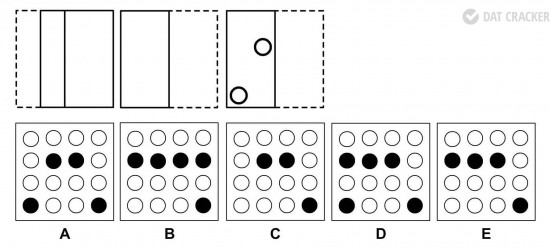
54.
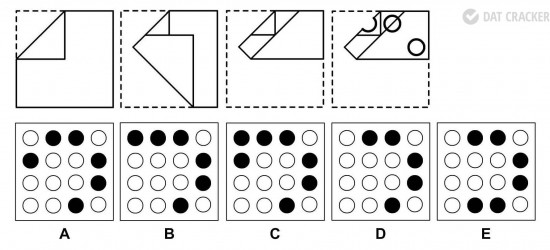
55.
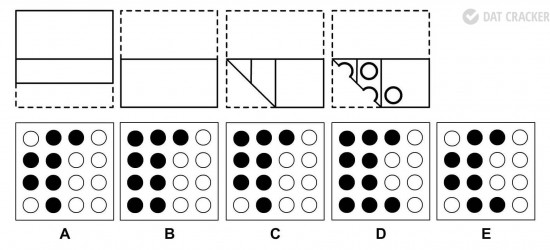
56.
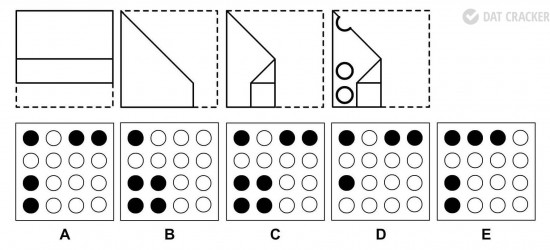
57.
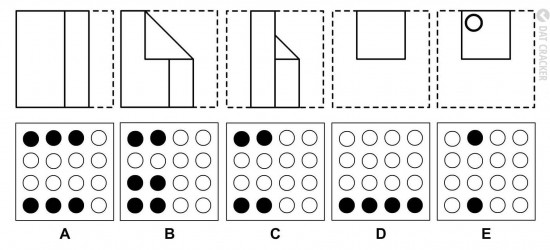
58.
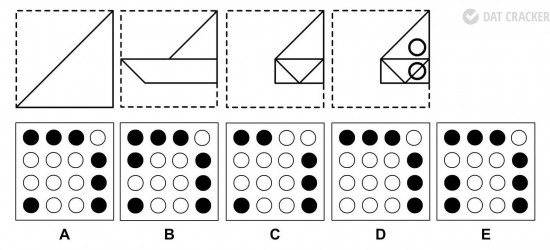
59.
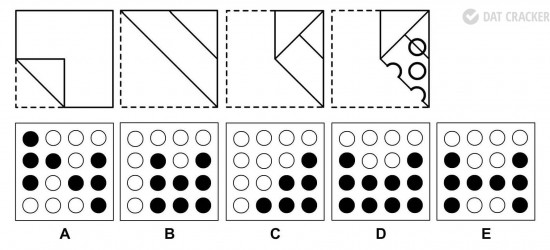
60.
